Invented by Qiaochu Tang, Sunil Subrahmanyam Vasisht, Stephen Michael Wylie, Geoffrey Dagley, Micah Price, Jason Richard Hoover, Capital One Services LLC
Image analysis and identification using machine learning involves training algorithms to recognize and classify objects, patterns, and features within images. This technology has a wide range of applications across various industries, including healthcare, retail, security, and entertainment.
In the healthcare industry, machine learning-based image analysis is being used for medical imaging, such as X-rays, CT scans, and MRIs. These algorithms can accurately detect and diagnose diseases, tumors, and abnormalities, assisting healthcare professionals in making more accurate and timely diagnoses. This technology has the potential to improve patient outcomes and reduce healthcare costs.
In the retail sector, image analysis and identification are being used for visual search and recommendation systems. By analyzing images of products, machine learning algorithms can identify similar items and provide personalized recommendations to customers. This technology enhances the shopping experience and increases customer satisfaction, leading to higher sales and customer retention.
In the security industry, machine learning-based image analysis is being used for facial recognition, object detection, and surveillance systems. These algorithms can accurately identify individuals, track their movements, and detect suspicious activities. This technology is crucial for enhancing public safety and preventing crime.
In the entertainment industry, machine learning algorithms are being used for content analysis and recommendation systems. By analyzing images and videos, these algorithms can understand the content, identify key elements, and recommend relevant content to users. This technology enhances user engagement and personalization, leading to increased user satisfaction and loyalty.
The market for image analysis and identification using machine learning with output estimation is expected to witness significant growth in the coming years. According to a report by MarketsandMarkets, the global image recognition market is projected to reach $38.9 billion by 2025, growing at a CAGR of 19.5% from 2020 to 2025.
The increasing availability of large datasets, advancements in deep learning algorithms, and the growing adoption of cloud computing are driving the growth of this market. Additionally, the rising demand for automation, the need for efficient and accurate image analysis, and the increasing investments in artificial intelligence are further fueling the market growth.
However, there are also challenges and concerns associated with image analysis and identification using machine learning. One of the major challenges is the need for high-quality and labeled training data. Machine learning algorithms heavily rely on labeled data to learn and make accurate predictions. Obtaining and labeling large datasets can be time-consuming and costly.
Another challenge is the ethical and privacy concerns associated with image analysis and identification. Facial recognition technology, for example, raises concerns about privacy, surveillance, and potential misuse of personal data. It is crucial for organizations and policymakers to address these concerns and ensure the responsible and ethical use of machine learning-based image analysis technologies.
In conclusion, the market for image analysis and identification using machine learning with output estimation is experiencing rapid growth and innovation. This technology has the potential to transform various industries, enabling us to extract valuable insights from visual data. However, it is important to address the challenges and concerns associated with this technology to ensure its responsible and ethical use.
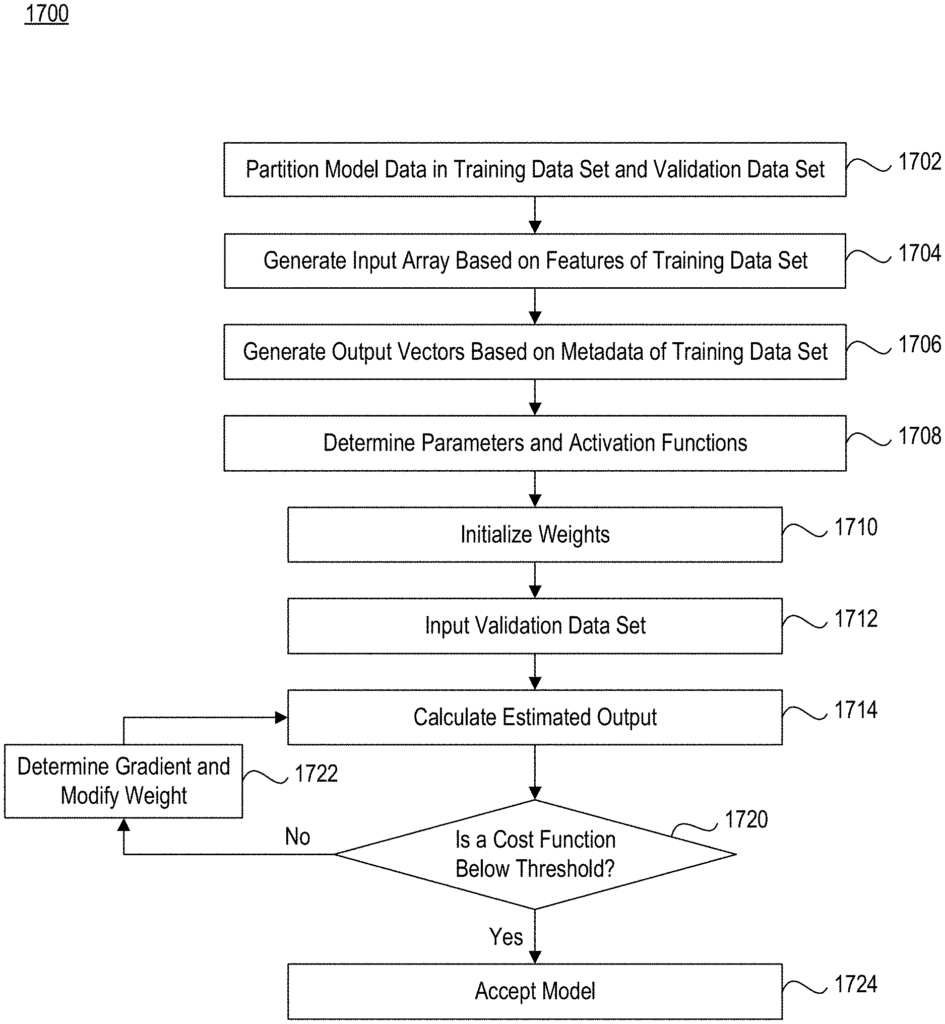
The Capital One Services LLC invention works as follows
The present disclosure is a system and method for generating real time quotes using machine-learning algorithms. The system can include a processor communicating with a client, as well as a storage medium that stores instructions to cause the processor, when executed, to perform operations such receiving an image from the client of a car, extracting features from the image and using machine learning algorithms, identifying attributes of the car, based upon the attributes identified by the vehicle; determining the make and model of the automobile, obtaining comparative information based in part on this determined make and model; and transmitting a calculated quote for the vehicle for display on
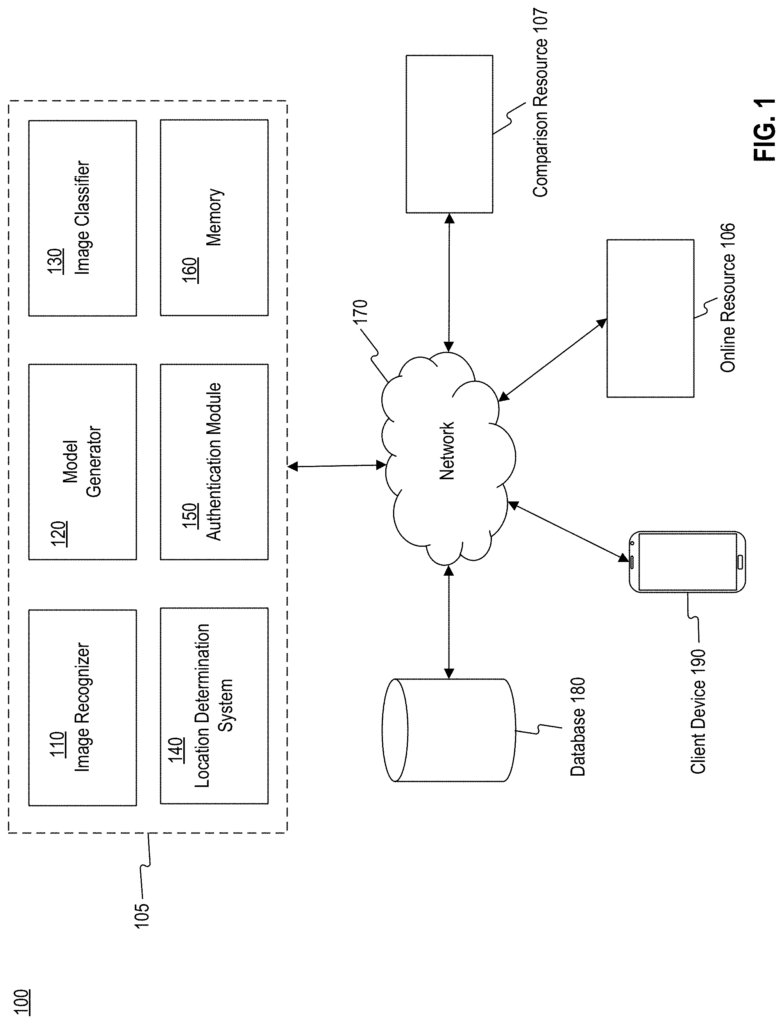
Background for Image analysis and identification using Machine Learning with Output Estimation
Customers have limited options for getting accurate quotes and prices when trying to finance a car purchase. In a typical scenario, a client visits an automobile dealer and chooses the vehicle they want to buy. After negotiating a vehicle’s price, the customer fills out an extensive credit application and provides all the information required to complete financing. The customer then signs the contract containing the terms of the financing and purchase, including the APR and monthly payments.
Some customers may also apply for prequalification before selecting a car. The customer must fill out an application, which includes information about their income, employment status, place of residence, desired amount of financing, and any other personal details. The lender will provide an estimate for the amount of financing and the maximum amount that can be approved if the application is approved. With the pre-qualification approved, the customer goes to an automobile dealer and chooses a car. The customer fills out a second credit application, and any additional information needed to complete financing. The customer then signs the contract containing the terms of the financing and purchase after receiving dealership approval.
However, such well-known techniques of auto financing have many drawbacks. Customers must, for example, endure a long, manual and multi-step financing process. If you try to use pre-qualification techniques, the quotes and terms of financing can be inaccurate. Moreover, the actual vehicle information might not be available when the customer is seeking financing. A customer’s ability to change their mind can be limited if they choose a vehicle to get a more accurate quote before applying for financing. If, for example, the customer decides to buy a new vehicle at the dealership, which is a very common occurrence, they may have to apply for financing again for the new vehicle.
There is a need for systems and methods that provide on-demand quotes for auto financing for specific vehicles in real-time. The disclosed systems provide a solution for this problem.
Embodiments” of the disclosure provide real-time auto financing quotes on demand for specific vehicles using machine learning methods and systems. The quotes that result can be displayed on the device of the user using augmented-reality systems and methods. The disclosed embodiments are a significant improvement over subjective, manual and multi-step processes in the prior art.
Disclosed embodiments can include a machine learning-based system for processing images including vehicles. The system can include a processor communicating with a client device, and a storage medium that stores instructions. The instructions can be executed to configure the processor for a number of operations, including receiving an image from the client device. These operations can also include extracting features from an image. The operation may also include identifying one or more vehicle attributes based on extracted features using a machine-learning algorithm. A vehicle’s make and model can be determined based on identified vehicle attributes. These operations can also include gathering comparison information, based in part at least on the identified make and model. Estimating a quote for a vehicle using the comparison information, and transmitting that estimate to the client device.
Disclosed embodiments” may include a machine-learning method of processing an image that includes a vehicle. This method can include receiving an image from a client device of a vehicle. The method can also include extracting features from an image. The method can also include identifying one or more vehicle attributes based on extracted features using a machine-learning algorithm. A method can also be used to determine, using the attributes identified for the vehicle, the make and model of the car. The method can also include obtaining information on comparisons based, at least partially, on the determined model and make. Estimating a vehicle quote based on comparison information may be part of the method. The method can also include sending the estimated quote to the client’s device.
According to additional embodiments, it is disclosed a computer-readable media that stores instructions which, when executed by processors, cause the processors to perform operations in accordance with one or several disclosed methods.
The following detailed description will include additional objects and benefits of the disclosure. In part, these will be evident from the description. In part, they may be discovered by using the disclosure. “The objects and benefits of the present disclosure can be achieved by using the elements and combinations specifically mentioned in the appended claim.
It is understood that both the general description above and the detailed description below are only illustrative and informative, and do not restrict the disclosed embodiments.
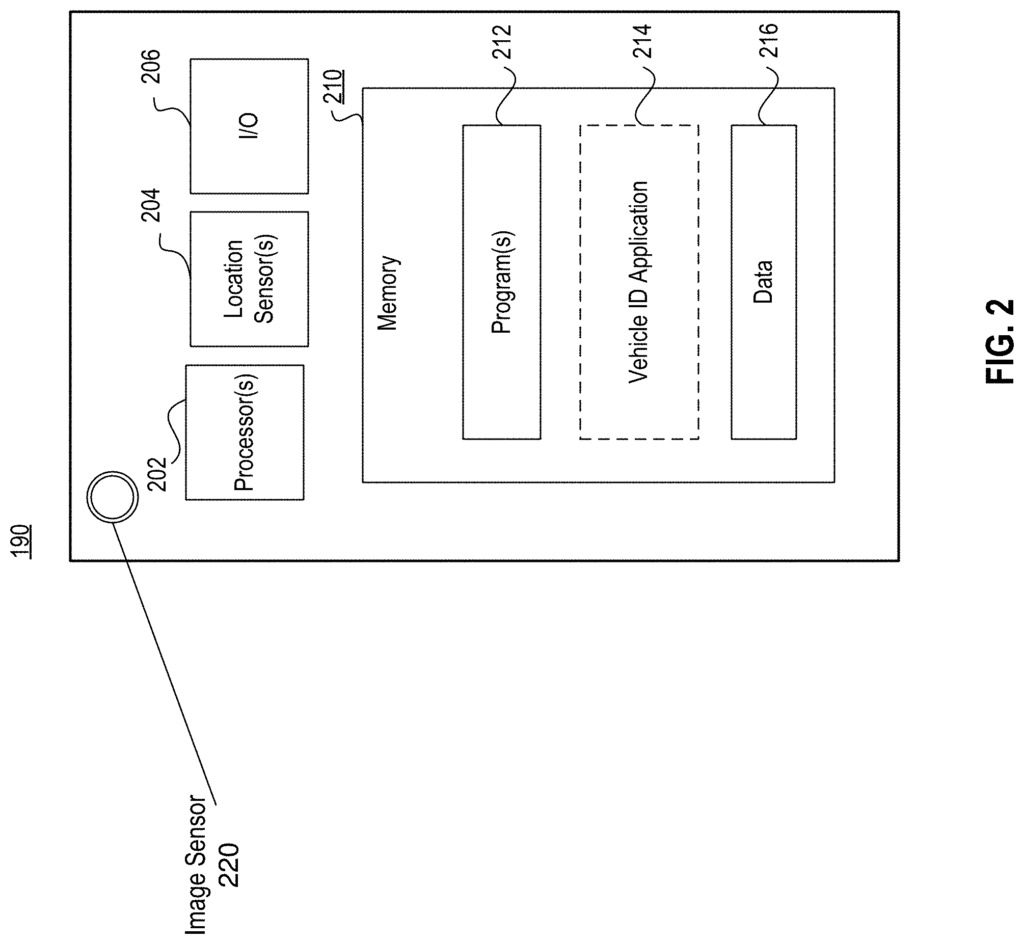
The disclosed embodiments are related to systems and methods that generate real-time quotations for vehicles. Referring now in detail to exemplary aspects and embodiments of the disclosure, which are illustrated by the accompanying drawings, examples will be given. The disclosure of example embodiments includes many specific details to help the reader understand the embodiments. However, those of skill in the art will recognize that the principles can be implemented without all the specific details. The example methods and procedures described herein, unless explicitly stated, are not limited to a specific order or sequence or to a certain system configuration. Moreover, certain embodiments, or elements thereof, can be performed or occur simultaneously, at the exact same time or in parallel. “Now, we will discuss in more detail the disclosed embodiments. Examples are shown in the accompanying illustrations.
The term “image” is used in this document. “As used herein, the term?image? Portable Network Graphics (?PNG?), Joint Photographic Experts Group (?JPEG?) or other static image formats may be used. Joint Photographic Experts Group(?JPEG?) Flash Video (?FLV?) Windows Media Video (?WMV ?)).
FIG. The block diagram 1 shows an example of a system 100. The system 100 can be used to identify vehicle attributes such as make, model trim, year and color. According to disclosed embodiments, the system 100 can be used to identify a vehicle and its associated attributes (e.g., make model trim year color etc.) based on a picture of the car. The system 100 can include a server system, which includes an image recognition system 110, a model generation system 120, an imaging classifier 130 and a location determination module 140. The system 100 can also include an online resource 106 and a comparison resource 107. It may also include database 180 and a client device 190. As shown in FIG. In some embodiments, as shown in FIG. In other embodiments, components of system can be directly connected to each other without a network 170.
Online resource 106″ may include one of more servers or storage provided by one or multiple service providers. For example, a provider that provides website hosting, networking services, cloud services, or backup services. Online resource 106 can be associated in some embodiments with servers or hosting services that store web pages of vehicle manufacturers and/or dealers. Online resource 106 can be linked to cloud computing services such as Microsoft Azure or Amazon Web Services? In other embodiments, online resource 106 may be associated with a cloud computing service such as Microsoft Azure? In other embodiments, the online resource 106 can be associated with messaging services, such as for example Apple Push Notification Service or Google Cloud Messaging. Online resource 106 can be used to deliver messages and notifications in accordance with the disclosed embodiments. For example, image compression, alerts for identified vehicles, or completion messages and notifications.
Comparative resource 107″ may include one of more servers or storage services configured for storing comparison information. In certain aspects, one or multiple servers or storage services may host resources from one or several service providers. Information that can be used to compare prices, vehicle information and personal data includes pricing information. In certain embodiments, the comparison information may include records of transactions involving vehicle financing, such as applications for vehicle financing submitted by users of system 100. Pricing information includes vehicle prices, monthly payments, APRs and term lengths. It can also include warranty products (e.g. tire protection plans or extended warranties) as well as amounts financed. Vehicle information includes make, model and vehicle identification number. It can also include color, trims, mileage, the dealership where you leased or purchased, or your geographic location (zip code, city or state). Date of purchase or lease, as well as other information that could affect the price of an automobile. Personal information includes demographics (e.g. age), financials (e.g. income, credit score), residence (e.g. home address) and/or previous behavior information. Driving record). In certain embodiments, the comparison resource 107 may be configured to store information about comparisons in one or multiple databases. One or more databases may be configured to retrieve comparison information based on pricing information, vehicle information, or personal information. The comparison resource 107, for example, can be configured to enable another component of the system 100 (e.g. system 105) retrieve at least a portion of comparison information (e.g. pricing information) regarding a specific vehicle model, trim, or make. In some embodiments of comparison resource 107, information about customers of a service provider can be included. The financial service provider may be linked to one or more components of the system 100 such as system 105.
Client Device 190″ may include one of more computing devices configured for performing operations in accordance with disclosed embodiments. Client device 190 can include, for example, at least one desktop computer, laptop, server, mobile device (e.g. tablet, smart phone etc.). A gaming device, wearable computing devices, or any other computing device can be included in client device 190. Client device 190 can include one or multiple processors that are configured to execute instructions from memory, including memory in client device. Client device 190 can include software that, when executed by processors, performs Internet communication and content displays processes. Client device 190, for example, may execute browser software which generates and displays content-based interfaces on a display connected to or included with client device 190. Client device 190 can execute applications to allow client device 170 to communicate with other components via network 170 and generate and display interfaces using a display device in client device 1. The display device can be configured to display the images shown in FIG. 9. The disclosed embodiments do not limit themselves to a particular configuration of the client device 190. Client device 190, for example, can be a portable device that stores and runs mobile applications to interact with the server system 105 or online resource 106 in order to perform certain aspects of disclosed embodiments. For instance, providing information about vehicles within database 180. In certain embodiments client device 190 can be configured to execute instructions related to location services such as GPS locations. Client device 190, for example, may be configured so that it determines a geographical location and provides location data as well as time stamp data in relation to the geographic location. In other embodiments, the client device 190 can capture images and/or video.
Database180″ may include one of more computing devices that are configured to send vehicle data to server system 105 (or any other device), model generator 120 (or any other device), and image classifier130. Such vehicle data may include, for example, vehicle listings, images, features, and information stored about vehicle sales, like cost or condition. Database 180 could include, for instance, Oracle? databases, Sybase? Sybase? HBase, Cassandra, or sequence files? The database(s) may also include computing components, such as a database management system or database server. “Configured to receive and process data requests stored in memory devices for the database(s), and to provide data from database(s).
While database 180 is shown separately in some embodiments, database 180 may also be included in, or related to, one or more of the following: server system 105; image recognizer 110; model generator 120; image classifier 130.
Database 180 can be configured to collect or maintain vehicle data displayed by online resource 106. Database 180 can provide this data to server system 105 as well as model generator 120, the image classifier 130 and client device. Database 180 can collect data from various sources, such as online resource 106. The database 180 is described in more detail below with reference to FIG. 3.
Image classifier” 130 can include one or multiple computing systems that are configured to collect images and process them. The image classifier 130 can be configured to use processed images to create a training data set. In accordance with the disclosed embodiments these training data can be used to create an identification model. Image classifier 130, for example, may include an image collection tool that collects images to be used in training a linear-regression classifier or convolutional neural networks. In some embodiments image classifier 130 is configured to communicate and detect changes to online resource 106. In some embodiments the detection of these changes can cause the image classifier to begin collecting images and start the classification process.
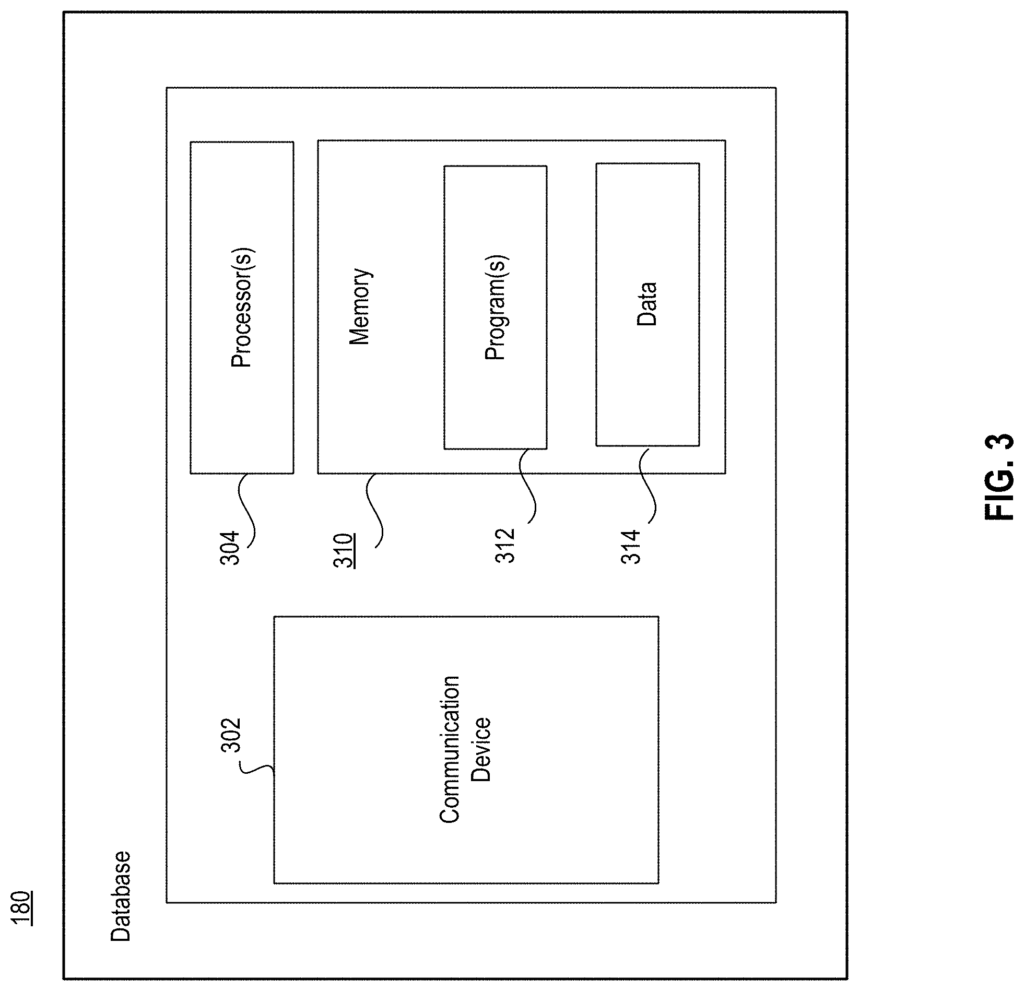
Model generators 120 can include one or multiple computing systems that are configured to create models for identifying a vehicle based on a vehicle’s image. Model generator 120 can be configured to obtain or receive information from database 180 and/or online resource 106. Model generator 120, for example, may receive images from online resource 106 and database 180. Model generator 120 can also receive images from image classifiers 130.
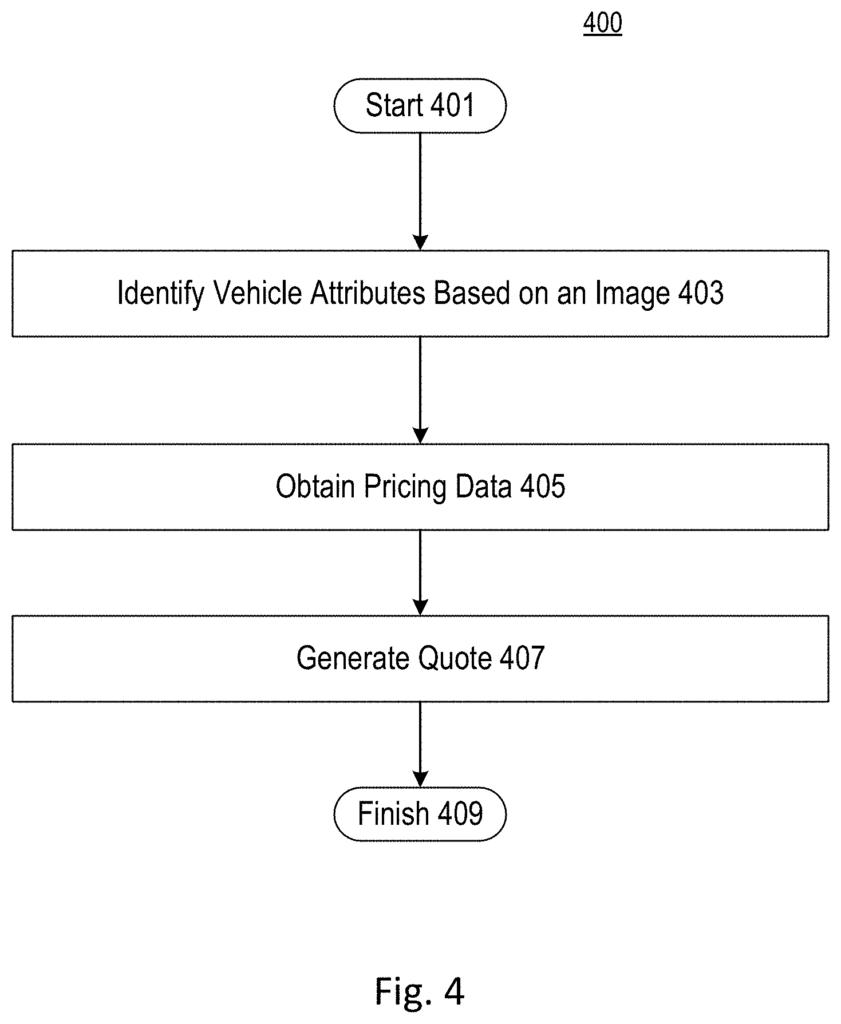
Click here to view the patent on Google Patents.
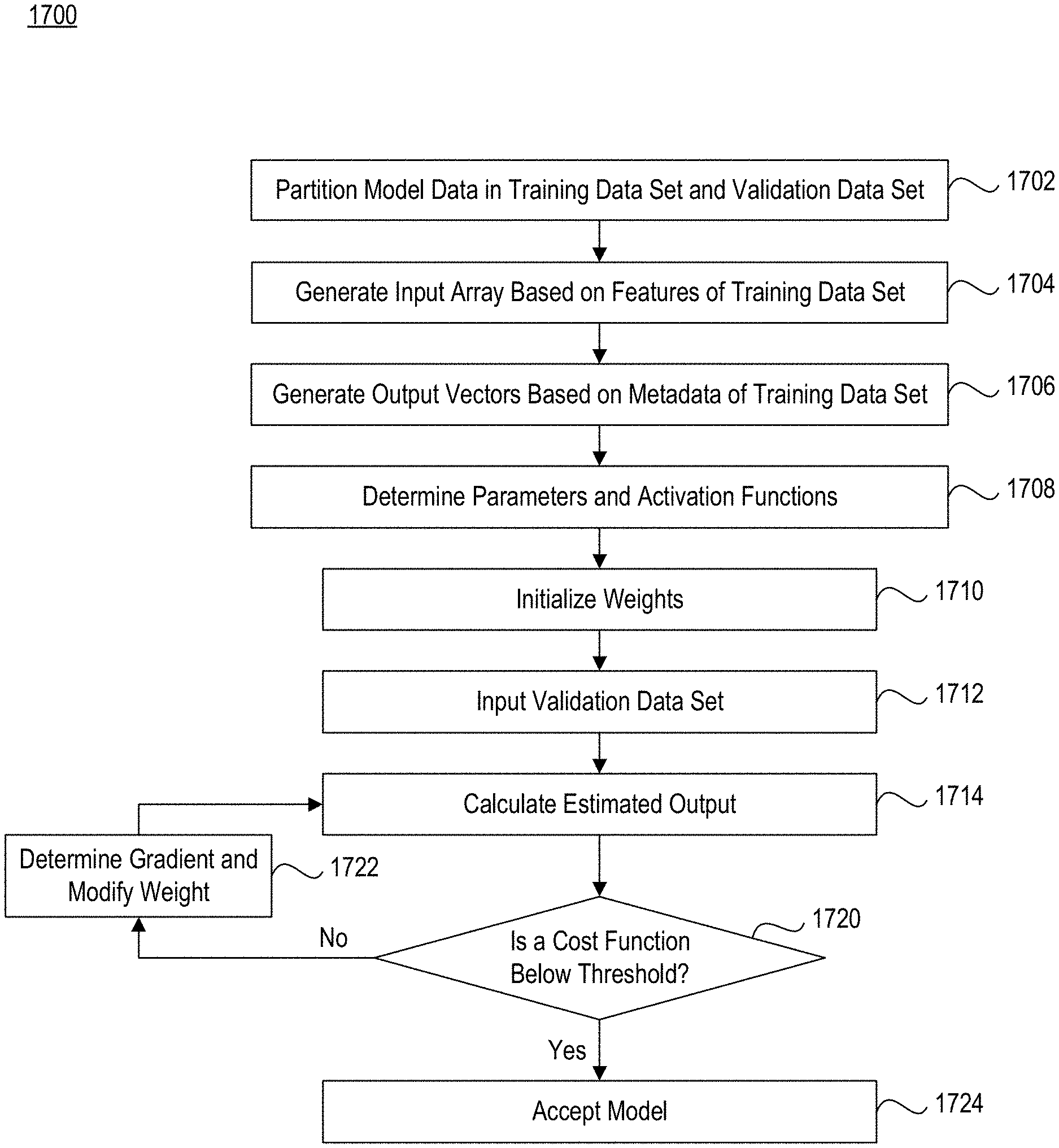
Leave a Reply